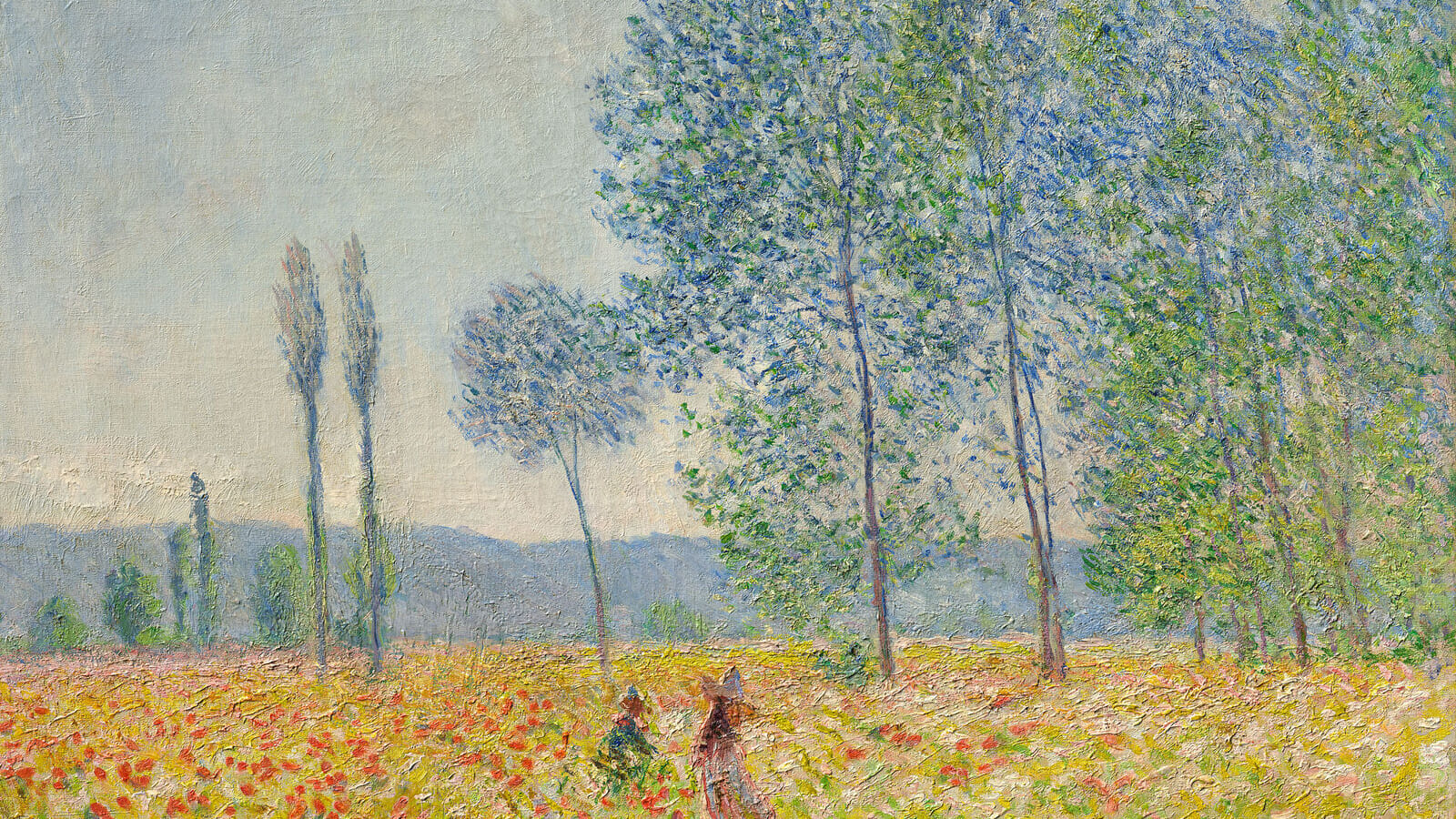Gabriel Fauré’s motivation for writing the Piano Quartet No. 2, in G minor, Op. 45 remains something of a mystery. There was no commission. The work appears to represent the composer’s personal exploration of the magical possibilities regarding an unusual combination of instruments: piano, violin, viola, and cello. Only Mozart, and a handful of other composers, had ventured into this territory.
Arriving seven years after Fauré’s First Piano Quartet, the G minor Quartet was premiered on January 22, 1887 at the Société Nationale de Musique. This was the organization, founded by Camille Saint-Saëns in 1871 in the wake of the Franco-Prussian War, that was dedicated to promoting a distinctly French style of music.
Anticipating the later Impressionism of Debussy and Ravel, Fauré’s G minor Piano Quartet inhabits a world of dreamy, vivid tonal colors, sudden harmonic shifts, modal undercurrents, buoyant motion, and elegant form.
The first movement (Allegro molto moderato) begins with a passionate, expansive melody, played in unison by the strings and accompanied by tempestuous piano arpeggios. Subtle variations of this modal theme return in the Quartet’s second and final movements. The viola introduces a serene and contemplative second theme which is actually an outgrowth of the bold opening theme. The movement unfolds as a dramatic, continuous stream of development and conversing instrumental voices. In the final measures of the coda, the sunshine of G major breaks through and this restlessly wandering music finds repose.
Punctuated in the opening bars by spirited string pizzicati, the second movement (Scherzo. Allegro molto) is a brilliant and fleeting moto perpetuo set in a tense, tumultuous C minor. The meter of 6/8 runs into countercurrents of 3/4. Both of the previous movement’s themes return. The final moments conclude in a ghostly flash.
Forming the Quartet’s dramatic heart, the third movement (Adagio non troppo), set in E-flat major, is wistful and nostalgic. Serenely pastoral, it begins with distant, gently tolling bells in the piano, reflecting a childhood memory of the composer. Fauré recalled,
I remember having translated, almost involuntarily, the far-off memory of a peal of bells that evening, at Montgauzy, coming from a village called Cadirac as the wind blew in from the west. Upon this ringing a vague daydream grew which, as in all vague daydreams, would be inexpressible in literary terms. Only isn’t it always that an exterior event numbs us like that in a train of thought that is so imprecise that in reality it isn’t thought at all, and yet it is something in which we bask? The desire for nonexistent things, perhaps; and it is here indeed that music holds sway.
Against this backdrop emerges the plaintive, solitary voice of the viola. Here, the second theme from the opening movement is transformed into a gently lilting siciliano. In a 1924 essay, Aaron Copland described this movement as “a long sigh of infinite tenderness, a long moment of quiet melancholy and nostalgic charm. Its beauty is a truly classic one if we define classicism as ‘intensity on a background of calm’.”
The final movement (Allegro molto) returns to the tempestuous home key of G minor. Commentator Stephen Johnson writes, “Passion and violence are again let loose … The relentless forward drive of this movement is quite unlike anything else in Fauré.” A remembrance of the Scherzo can be heard in the viola and cello, while the first movement’s theme is transformed into a waltz. In the coda section, motivic fragments from throughout the Quartet return. An exhilarating crescendo drives to a jubilant G major resolution.
I. Allegro molto moderato:
II. Scherzo. Allegro molto:
III. Adagio non troppo:
IV. Finale. Allegro molto:
Recordings
- Fauré: Piano Quartet No. 2 in G minor, Op. 45, Trio Wanderer, Antoine Tamestit store.harmoniamundi.com
- Pascal Rogé and Quatuor Ysaÿe
- Yo-Yo Ma, Jaime Laredo, Emanuel Ax, Isaac Stern
Featured Image: “Under the Poplars” (1887), Claude Monet

